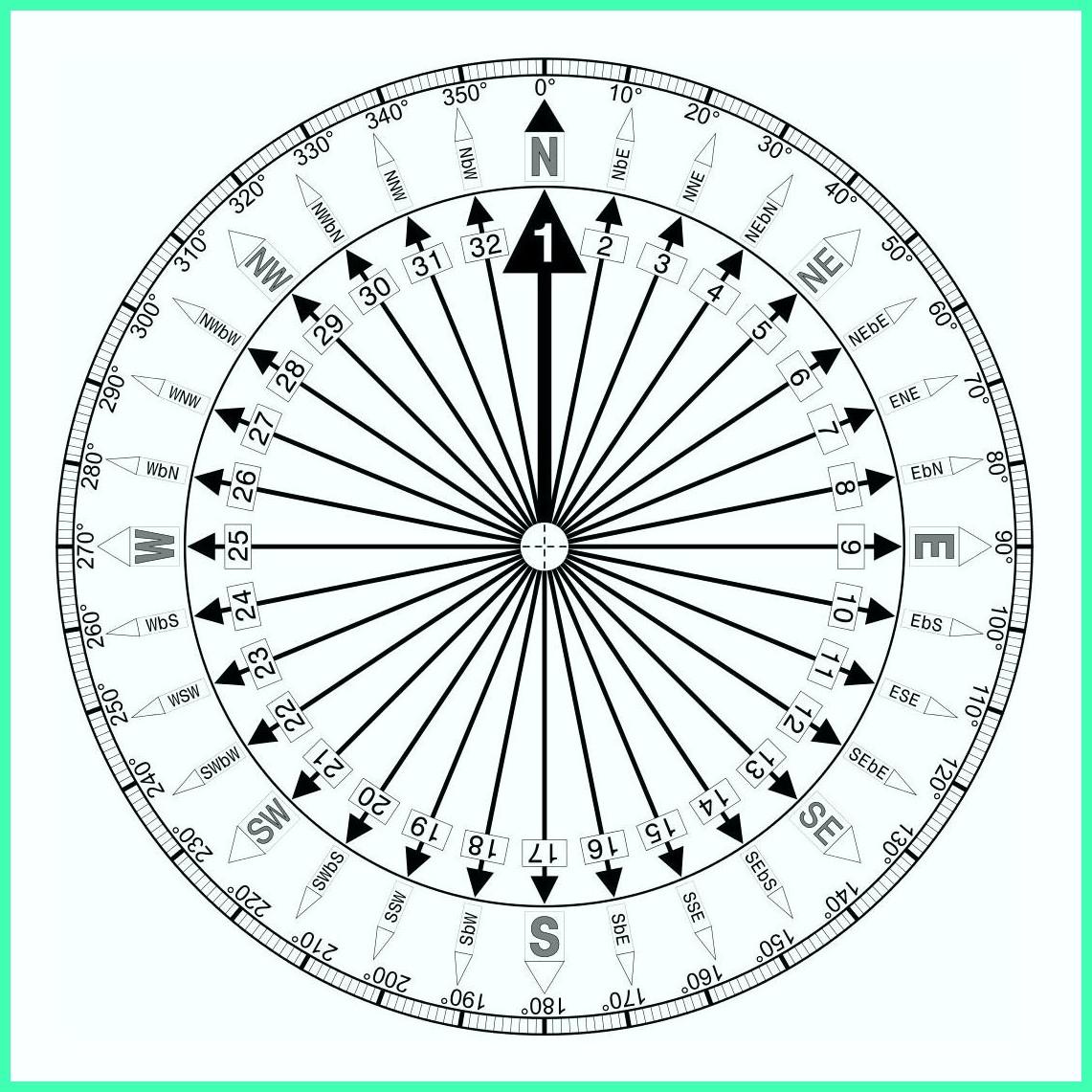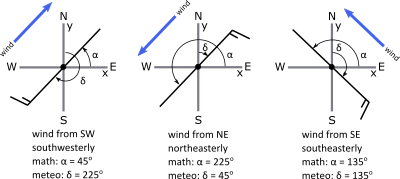How Do You Describe Wind Direction
You might be able to feel wind when its blowing but can you tell what direction its coming from. If you stand so that the wind is blowing directly into your face the direction you are facing names the wind.
Environmental Monitor Wind Speed And Direction
The rain fell in torrents except at occasional intervals when it was checked by a violent gust of wind which swept up the streets.

. Wind direction is defined as the direction the wind is coming from. Remembering that winds flow. Wind direction is measured with reference to 360 degrees on the compass true North and expressed to the nearest degree going in a clockwise direction or to any one of the 16 points on a compass N S SE WSE etc.
For general purposes the wind direction is reported to eight compass points. Wind direction is always determined by where the wind is blowing FROM not where it is blowing towards. Rattling along the house-tops and fiercely agitating the scanty flame of the lamps that.
It is not the direction the wind is blowing toward. The four cardinal points are clearly identified in the wind rose alongside their initials - North N South S West W and East E. Wind direction is the direction from which the wind is blowing.
A direction of 0 degrees is due North on a compass and 180 degrees is due South. The sea has scaly ripples and there are no foam crests. This is in contrast to the term bearing which indicates the direction toward which an.
The directions of the wind is determined at the geographical system of coordinates invented by man back in the day. On land the smoke drift will indicate wind direction but the wind is not strong enough to move a wind vane. You can use the interactive tool below to practice applying the recipe for determining wind direction that I described in the video in the previous section.
Wind direction is defined as the direction the wind is coming from. The first and the most important thing to remember. Just like wind speed is measured by an anemometer wind direction is measured by a weather vane or wind vane.
If you stand so that the wind is blowing directly into your face the direction you are facing names the wind. A good rule of thumb is that if the direction is reported in writing METAR then the bearing is relative to true north. Wind direction is defined as the direction the wind is coming from.
The exceptions are onshore winds blowing onto the shore from the water and offshore winds blowing off the shore to the water. The reported direction will be where the wind is coming from that is opposite the direction the windsock is pointing. For example it.
It is possible to use multiple wind vanes spread across many locations to determine the broader wind profile of a geographic region especially if they are installed along with anemometers. Wind direction is generally reported by the direction from which it originates. Wind direction is measured by a vane consisting of a thin horizontal arm carrying a vertical flat plate at one end with its edge to the wind and at the other end.
For example a north or northerly wind blows from the north to the south. In this investigation your students will design and build their own wind vane to help make observations about wind direction. In popular nonmeteorological usage wind direction is often stated in a contradictory manner.
Do you take advantage of it. Remember that the geostrophic wind always blows parallel to the isobars with lower pressure on the left in the Northern Hemisphere. However wind direction like wind speed is an important part of weather study and forecasting.
The term wind direction is defined as the compass heading FROM which the wind is blowing. The measurement of wind speed is usually done using a cup. Wind direction is typically reported in degrees and describes the direction from which the wind emanates.
Start by figuring out the geostrophic wind direction. The opening paragraph of Edward Bulwer-Lyttons novel Paul Clifford reads in part. When the wind is from the north.
This is enough for you to feel the wind on your face and for wind vanes to move. Thats why a north wind generally brings colder weather temperatures to Chicago and a south wind implies a warmup. Wind Speed and Direction Technology.
How Do You Describe Wind Direction. Wind direction is the direction from which the wind is blowing. It is also called cardinal directions or cardinal points and similar.
N NE E SE S SW W NWJan 11 2017. Wind direction is usually reported in cardinal or compass direction or in degrees. You must there are over 200000 words in our free online dictionary but you are looking for one thats only in the Merriam-Webster Unabridged Dictionary.
Terms like south and southerly are unfortunately applied to winds blowing from the. View this video in order to understand how to read wind direction when viewing a weather map that shows weather stationsREMEMBER. However these are basic directional names that almost never relate to a real-life wind direction scenario.
If you stand so that the wind is blowing directly into your face the direction you. Understanding that air comes from different places at different times is quite difficult to appreciate. That is something you probably know already.
Wind direction is ALWAYS. It was a dark and stormy night. A direction of 270 degrees would indicate a wind blowing in from the west.
As a pilot you really want to know the wind direction on takeoff and landing. The direction from which the wind blows Love words. If by voice ATIS then relative to magnetic north.
03 Light breeze A light breeze has a force of 2 and wind knots of 4 to 6. The direction from which the air is moving.

8 4 Do You Need A Weathervane To See Which Way The Wind Blows Meteo 300 Fundamentals Of Atmospheric Science
7 N Forces Acting To Create Wind

Displaying Speed And Direction Symbology From U And V Vectors

How To Read Wind Direction Even If It Sounds Too Simple Windy App
No comments for "How Do You Describe Wind Direction"
Post a Comment